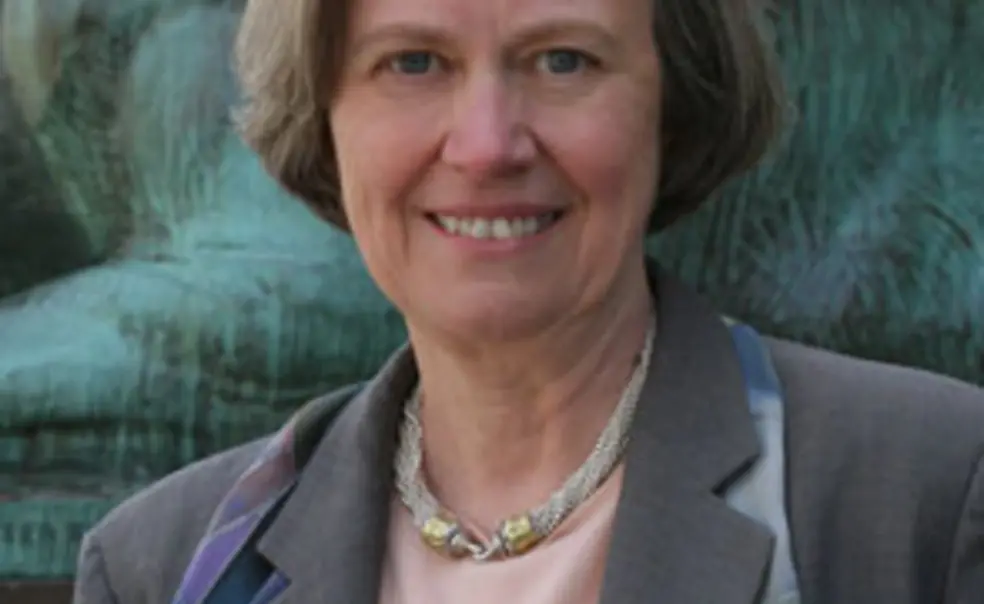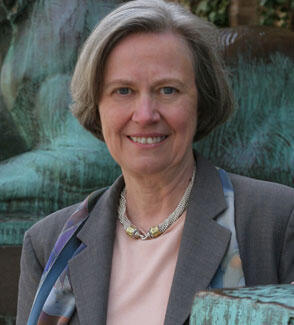More from PAW's interview with President Tilghman
Comments on the grading policy, alumni, and more
In the week after she announced plans to step down at the end of the academic year, President Tilghman spoke with PAW about her decision and discussed a few of the notable themes of her time in Nassau Hall.
ON THE TIMING OF HER DECISION
“I’m absolutely certain that it’s the right time, for both the University and for me. … I think there are arcs to University presidencies, and I think that makes it very different than, say, the leadership of a public company because I think presidencies do pretty much go along the path that I describe: You first assess; then you identify the ways in which you hope the university can become better under your tenure; then you make it happen; and when that’s done, it is really time then to turn the university over to a fresh pair of eyes. Otherwise you risk spinning your wheels. I really concluded, after thinking about this a great deal, that the choice did come down to one year or five years, that if I were to commit to more than this year, I was going to need to begin that process again. … And that made it very easy because I don’t think I had another five years in me, and also I’m not sure, even if I had a lot of energy, that it would have been the right thing for Princeton.”
ON BEING PRINCETON’S FIRST FEMALE PRESIDENT
“There’s no question that that was a major part of the narrative in the beginning. Firsts are always going to be noticed in that way. But I would like to think that within a year or two, that distinction really evaporated, and people were thinking about me no differently than they were thinking about Harold Shapiro [*64] or Bill Bowen [*58] – that my gender really became irrelevant. … I certainly stopped receiving the kinds of comments and emails that I was getting in the beginning, so I’m pretty certain it just stopped being a major issue. And I have a lot of hope that [for] whoever is the 20th president of Princeton, the gender just will not be part of the story, no matter what the gender is.”
ON THE GRADING POLICY
“It’s absolutely accomplished what we set out to do. … Our goal was to make grading fair at Princeton. We went into the process of trying to figure out if we needed an explicit grading policy knowing full well that depending on where a student concentrated in this university, they had radically different likelihoods of having a high GPA. And that is just deeply, inherently unfair. … We’re now much, much closer to [grading uniformly]. The differences are still there, but they’re modest, compared to what they were when we began. And I think what got lost in all the drama about the grading policy was that the motivation was fairness to our students – not to disadvantage them, not to punish them, not to grind them down, but for them to be graded consistently and fairly across all the departments. And we didn’t do a good job at [communicating] that, and that’s my fault.”
ON THE FOUR-YEAR RESIDENTIAL COLLEGES
“I think what we did, with the expansion of the student body and particularly with the creation of the four-year residential college system, is that we gave students more choice about how to experience residential life at Princeton. … And again that decision to create a four-year college system was made before I became president. It was recognizing that for a significant percentage of our student body – and I would put the number at roughly 25 percent, but that’s a rough number – the system that had dominated Princeton since the ’80s, when the two-year college system came into place, … was not working. The board at the time, and Harold Shapiro certainly, felt that that’s a pretty big percentage of the student body who did not feel as though their interests were being well served. … If you see what has happened to the number of students who have opted to stay in the residential colleges, it may not be as high as 25 percent, but it’s a significant number. I think what it suggests is that we are now giving students more choices, and I think that’s a good thing.”
ON THE RECESSION
“I think the most important thing we learned is that as a University, we were capable of surviving a crisis. We called upon two things that were happily true of the University: … One is immensely talented senior administrators, and the people who were most important are the provost, Chris Eisgruber [’83]; Mark Burstein, the executive vice president; and Carolyn Ainslie, who arrived in November of 2008 [as vice president for finance and treasurer]. … And number two was the amount of goodwill that existed on this campus toward the administration in general. One thing that I’m most proud of in my tenure is that there has never been a ‘we/they’ mentality, so when we had to go out and ask people to sacrifice – and they were sacrificing personally, when we put in salary freezes, and … professionally, when we were cutting their budgets – the center held, the goodwill that had been built up on the campus, the sense that we were all in this together. It was just amazing to watch that be the theme that drove the way that people responded.”
ON ALUMNI
“I came in already understanding that the alumni body of this university has a very special relationship with the campus – its intensity, its fervor, its loyalty, its devotion, and its demand for excellence and accountability from all of us on campus. So I wasn’t surprised by what I discovered when I went out on the hustings. I think what’s fascinating for me is watching that evolve within the student body. … The new thing I’ve learned is how this culture is replicated from generation to generation.”













No responses yet